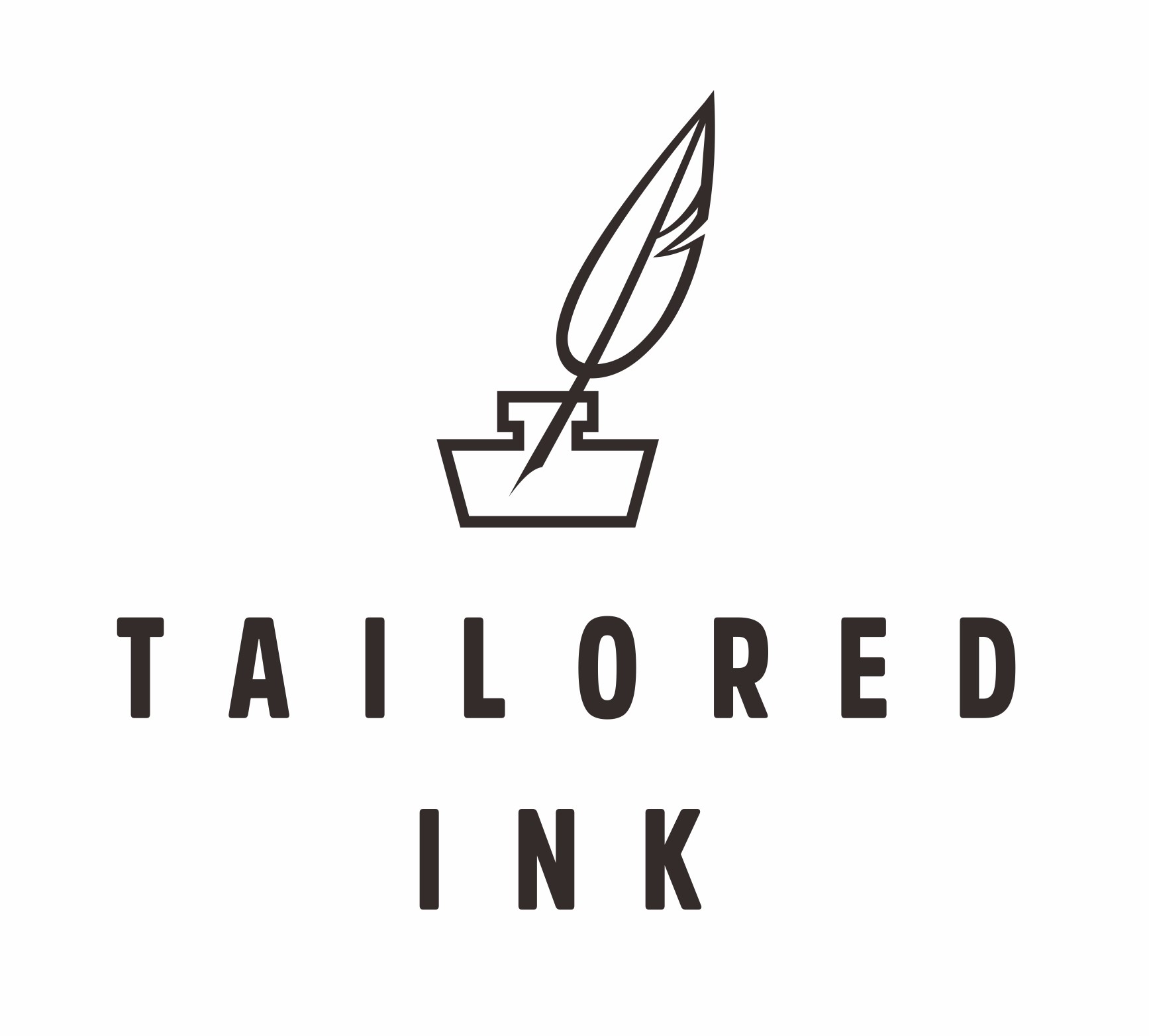Marketers love to say KISS (Keep it simple, stupid.) This may be good advice, but only to a certain point. While you want to make your copy concise and easy to understand, you don’t want to insult your audience’s intelligence.
Here’s what you need to keep in mind when you go to write.
Step 1: Know Your Audience
Ann Handley, author of the go-to handbook, Everybody Writes, puts it in a much better way: “
“Assume the reader knows nothing. But don’t assume the reader is stupid.”
You want to inform them, to persuade them, to educate them. You don’t want to talk down to them and you definitely do not want to waste their time.
A surefire stay relevant to your audience when you write copy is to speak to them directly. If you’re publishing an ad in a trade magazine, don’t keep boilerplating your main features, speak directly to your audience’s pain points.
Say you’re selling a cell phone.
Your website might say: “Our latest model connects you to the world around you, one app at a time…” before going over its top features.
Similarly, an ad in a photography magazine should focus on a photographer’s biggest pain point: “Never miss a moment. With our latest model, you can leave your camera at home. Capture professional quality pictures with our 16 MP camera….”
You get the point.
Don’t use your valuable space to push a handful of obviously scripted, vague testimonials, either. Do you actually believe the people in commercials? Testimonials are a great tool, but make sure they’re real and sound like something a real person would say.
Step 2: Make it Interesting
A study by the Nielsen Norman Group estimated that on average, users only read 18% of what’s on a page. They concluded that 8 out of 10 people will read the headline, but only 2 out of 10 will read the other copy. You have a very small opportunity to make an impression.
Have a punchy personality
Have you ever tried to read an oven manual? How about a press release? Technical writing doesn’t make for good copy.
Don’t forget your brand’s voice. If you have a strong brand, it’s developed a lifelike personality, and that should shine through. Be sassy, be sarcastic, write copy you would want to read.
Tell a relatable story
Writing copy is very much an art form, just like any other form of writing. Even if you don’t have formal training, just think back to your eighth grade writing class: Show, don’t tell.Have a beginning, middle, and end. Be descriptive. . Find your voice..
Everyone loves a good story. Start by making sure your business has a great background. Make your customers love you because of where you came from and what you stand for. If they can relate to you, that’s fantastic.
That way, when you write copy elsewhere, you have a great foundation to work with. Perfect copy doesn’t make you feel like you’re reading a sales pitch, it lets your imagination do the work. Feed your readers metaphors, imagery, humor, and pithy takeaways.
Not too long ago, York Peppermint Patties did a great job of creating ads with powerful imagery. You remember them—someone in an everyday setting,taking a bite of the cool, minty candy…and bang! They’re on a snowy mountain far, far away.
Imagery is transportive, especially in copywriting.
Be direct and clear
While literary devices are great, they’re not always fitting. Sometimes, it’s more powerful to be direct.
Manhattan Mini Storage launched an ad campaign last year that instantly connected with readers. “I like my wife. I love my storage room.” They showed why customers need their service, speaking directly to everyday situations (my wife wants me to clean out the basement, my parents are coming to visit and I have stuff I don’t want them to see…)
Step 3: Keep the Copy Concise
“On the average, five times as many people read the headline as read the body copy. When you have written your headline, you have spent eighty cents out of your dollar.” -David Ogilvy
The first 50 words are the most important. Can you make them count?
Stop saying please and start inspiring your audience
When writing a call to action, “Please sign up” is disarming but still demands action, while “Sign up now” seems too pushy. Instead, inspire them to take action. Content Verve A/B tested two call to actions: “Sign up now,” and “Sign up now and get started,” to find that the latter led to a 31.03% increase in sales.
Don’t waste your words
Prioritize what needs to be said. Cliches may be cliches for a reason, but there’s no room for them when every word counts. If you can’t come up with a more colorful or original way to say something, cut it out.
Add value with data
Anyone can write paragraphs claiming to be the fastest, best, or most stylish. Superlatives are too overused to be effective. Look for quantifiable statistics that add value instead. A car afficianado would be wary if you just said that the 2015 Infiniti Formula 1 Red Bull RB11 is the fastest car in the world. If say it goes from 0 to 60 in 1.7 seconds, however, that’s going to catch his attention.

 and
and  ?
?